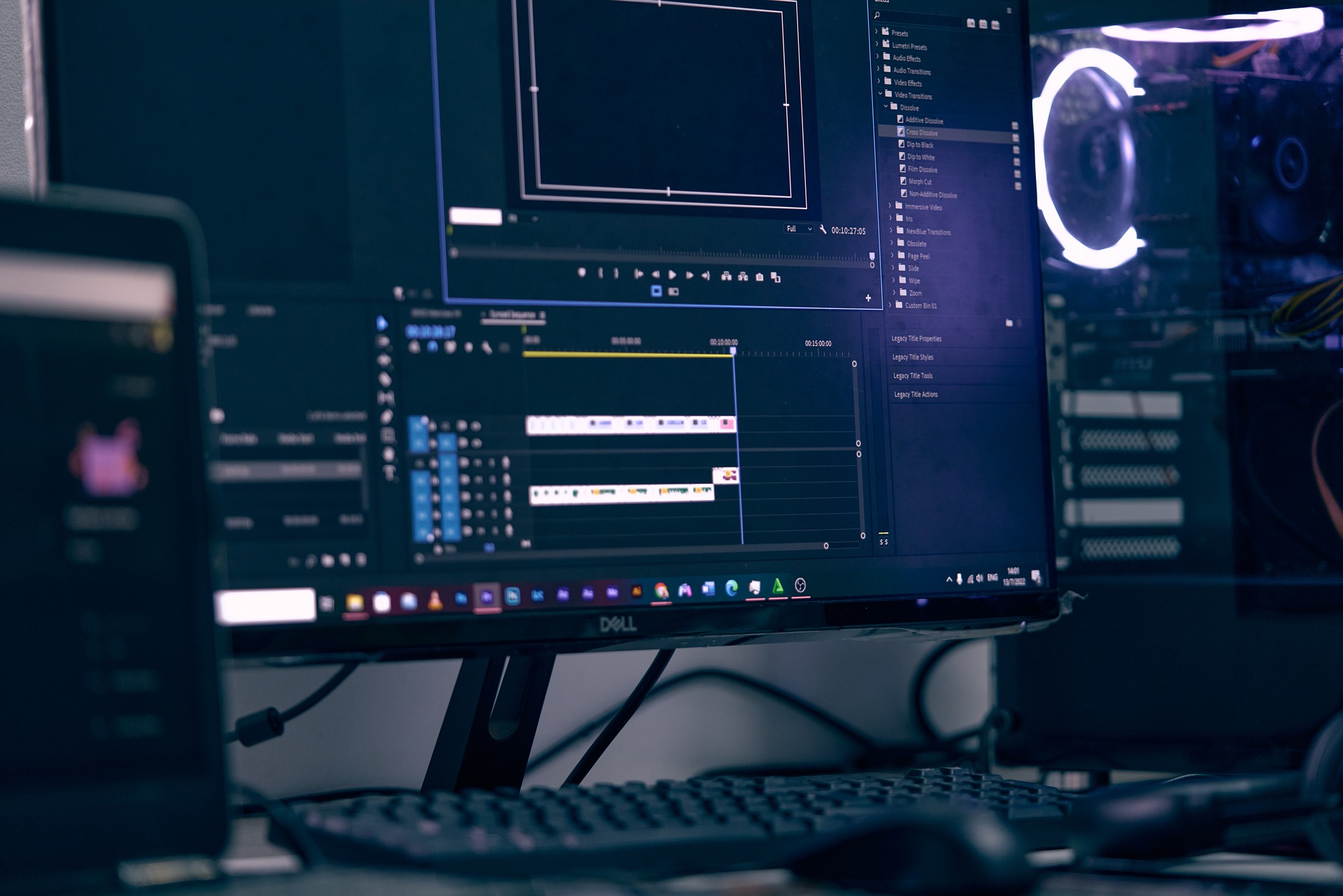Introduction to Video Editing: Tools and Techniques for Beginners
In today's digital age, videos have become a powerful means of communication, entertainment, and storytelling. Whether you aspire to create captivating YouTube videos, professional advertisements, or simply want to enhance your personal footage, video editing is a crucial skill to master. This article serves as an introduction to video editing, exploring the essential tools and techniques that every beginner should be familiar with. Let's dive in!
editing
introduction
dummies




